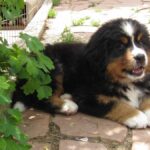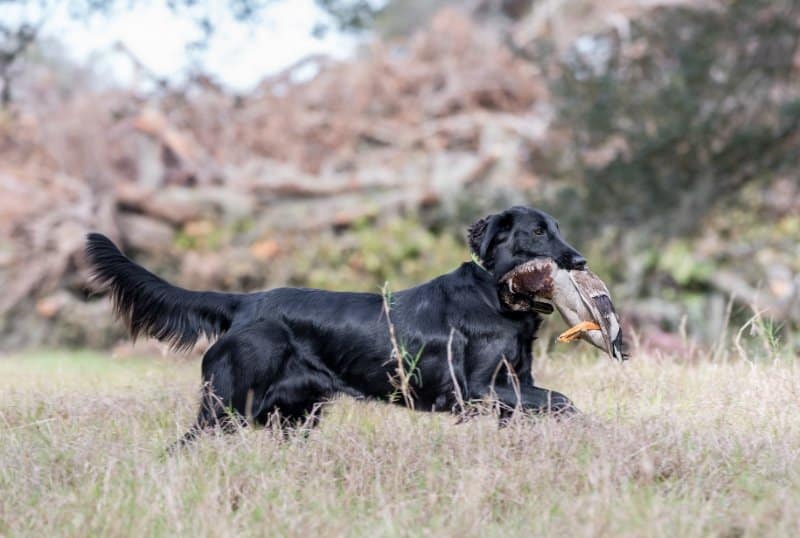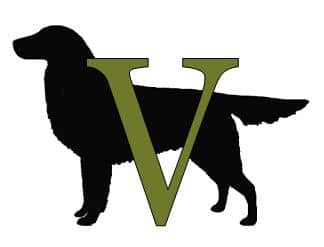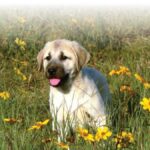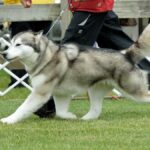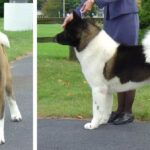Being raised with working and herding dogs that we worked in obedience, herding, and guard work, I always felt committed to the purebred dog and its utility. In the late 1980s, after having my first son, I was in search of a “kid-friendly” breed to mix with my new, young family. I had my curiosity piqued while at a local gun club. In the distance, I saw a beautiful, athletic, black dog.
The moderately feathered coat with its incandescence caught my eye. As it trained diligently with the trainer, I could see the willingness to work in the dog’s eye. When I asked, the trainer told me it was a Flat-Coated Retriever. I was hooked. My initial research into this fascinating breed has left me more dedicated to the betterment of this breed than I ever thought I would be.
Developed as a water and land retriever in the mid-to-late 1800s, this retriever breed was originally known as the Wavy-Coated Retriever. This was likely the product of cross breeding with a variety of breeds, including Setters, Collies, and Poodles, among others. Most certainly in the proprietary mix was the St. John’s Newfoundland, otherwise known as the Lesser Newfoundland, an extinct breed today.
Mr. Sewallis Evelyn Shirley (1844-1904), founder of the Kennel Club of Britain and an accomplished dog fancier and judge, took a keen interest in the breed and sought to distinguish it from the Curly-Coated Retriever.
The Flat-Coated Retriever became a favorite among gamekeepers in England during the turn of the 20th century. The Flat-Coat was a devoted companion with a unique willingness to work for its master. After a day’s hunt, the Flat-Coat would be sent over the fields and streams to pick up game that had been left behind. Considered “a hearth dog,” the Flat-Coat will work tirelessly with quite a high level of exuberance, but settle quietly in the house.
Ownership of this breed peaked in the 1920s and suffered a serious decline until the mid-1950s. Contributing factors to this were the increasing popularity of the “other” retriever breeds, Sporting dogs that were better suited for high intensity fieldwork, and the tale of many Flat-Coats being decimated during the World Wars.
Another important figure in the breed’s sustainability was Mr. Stanley L. O’Neill whose genuine concern for the breed prompted him to institute a Flat-Coated Retriever revival breeding program following the war. He worked diligently to advance the breed and save it from demise. One of the first Flat-Coats to be brought to the United States was a liver-colored bitch named Pewcroft Perfect that was sent to a Mr. Homer Downing in Ohio by O’Neill in 1953. In a few short years, Downing imported another dog, a liver-colored Flat-Coated Retriever female named Atherbram Stella.
In 1956, the total population of Flat-Coated Retrievers in the United States was nine. Two litters of puppies were produced and the population of Flat-Coats was 22 by 1957. Mr. Downing and his wife introduced these two biddable bitches to the obedience ring. Pewcroft Perfect achieved a UDT and Atherbram Stella, a UD title. Mr. Downing, under the kennel name Bramcroft, would play a huge role in perpetuating the breed as we know it today—a complete utility dog. Over the next fifty years, Flat-Coats would regain popularity, with stabilizing pedigrees, and achieve success in the breed ring, the field, and in all areas of AKC competitions.
The Flat-Coated Retriever remains today a biddable working companion, not divided into performance versus show lines. In 2012, there were a total of 1,116 titles earned in the breed across all AKC events. The breed saw 552 dogs registered in 2012, ranking 92 out of 177; 96 litters were registered.
The Flat-Coat has a reliable temperament and is an excellent companion dog. The Flat-Coat has been coined the “Canine Peter Pan” in A Review Of The Flat-Coated Retriever by Dr. Nancy Laughton. This is the reason my husband and I chose the Flat-Coated Retriever to raise our children, but can also serve as a reason to proceed with caution when considering this breed.
Although always known for their exuberant personality, trainability, and persistently wagging tail—the Flat-Coat may be too much for the novice dog owner.
The Flat-Coated Retriever: History, Origin & Utility – Showsight Magazine October 2020 Issue
Flat-Coated Retriever Dog Breed Magazine
Showsight Magazine is the only publication to offer dedicated Digital Breed Magazines for ALL recognized AKC Breeds.
Read and learn more about the bold cheerful Flat-Coated Retriever dog breed with articles and information in our Flat-Coated Retriever Dog Breed Magazine.
Error embedding FlippingBook shortcode, please check the flipbook url. (https://digital.showsightmagazine.com/view/866118/)
